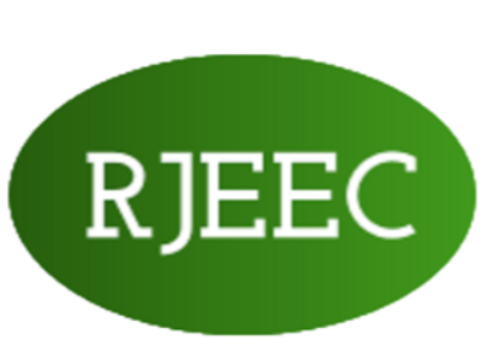
Evaluating the ecotoxicity of different pharmaceuticals using Aliivibrio fischeri bioassays
Authors: LUCIAN IONESCU, STEFANIA GHEORGHE, DANIEL MITRU, CATALINA STOICA, ALINA ROXANA BANCIU, MADALINA MIHALACHE, MIHAI NITA-LAZAR
Keywords: bioassay, pharmaceuticals, Aliivibrio fischeri, bioluminescence
https://doi.org/10.21698/rjeec.2020.107An endless list of companies have produced a large amount of parmaceutical compounds in a year-on-year growth trend. Due to the excessive consumption of these substances and the inappropriate disposal, the environment was contaminated, especially aquatic ecosystems, with quantities of pharmaceuticals (PHACs) so that they have affected the living organisms, leading to decreased biodiversity and ecological degradation. Many studies on PHACs environmental presence and toxic effects were performed, but unfortunately, no limit was establish for discharging into environment, especially into the aquatic systems. The aim of this study was to use the bioluminescence of Aliivibrio fischeri bacteria as an indicator of toxical effect of different PHACs in simulated marine medium. The Microtox® bioassay is based on the PHACs inhibitory effect on the metabolism of bacteria which induced changes in their bacterial bioluminescence. The test organisms were exposed to analgesics and anti-inflammatories such as Diclofenac, Ketoprofen, Naproxen and Ibuprofen. The results showed that based on EC50 values, Naproxen had a very low toxicity but Diclofenac, Ketoprofen and Ibuprofen had a harmful effect on the aquatic organisms.



